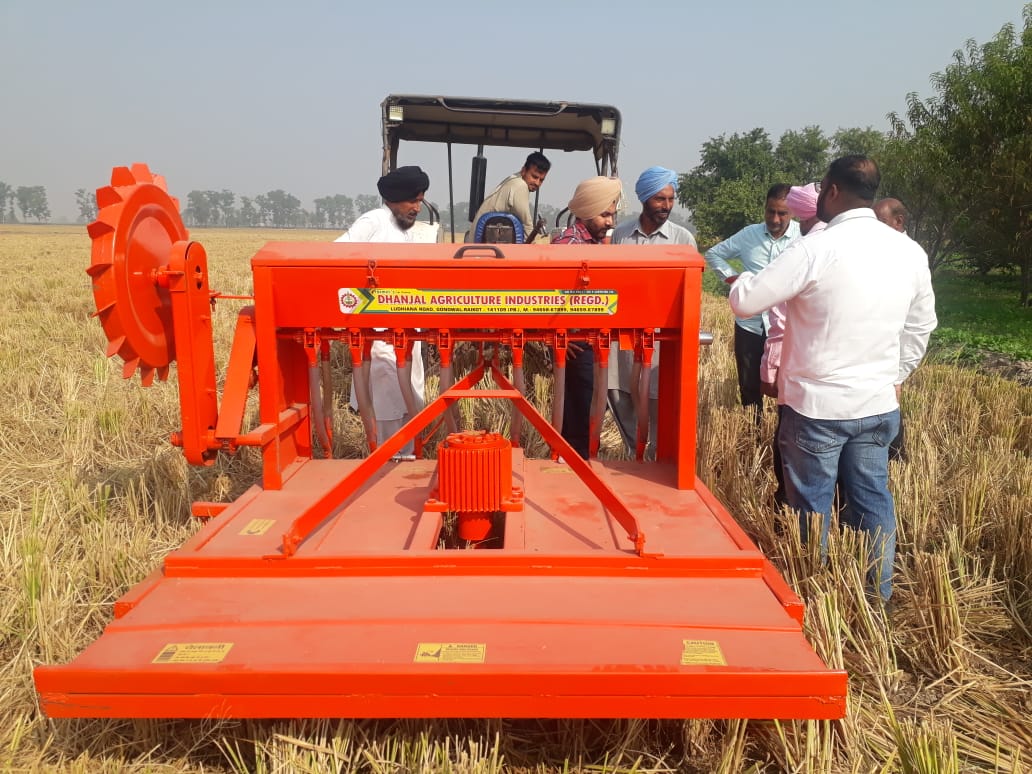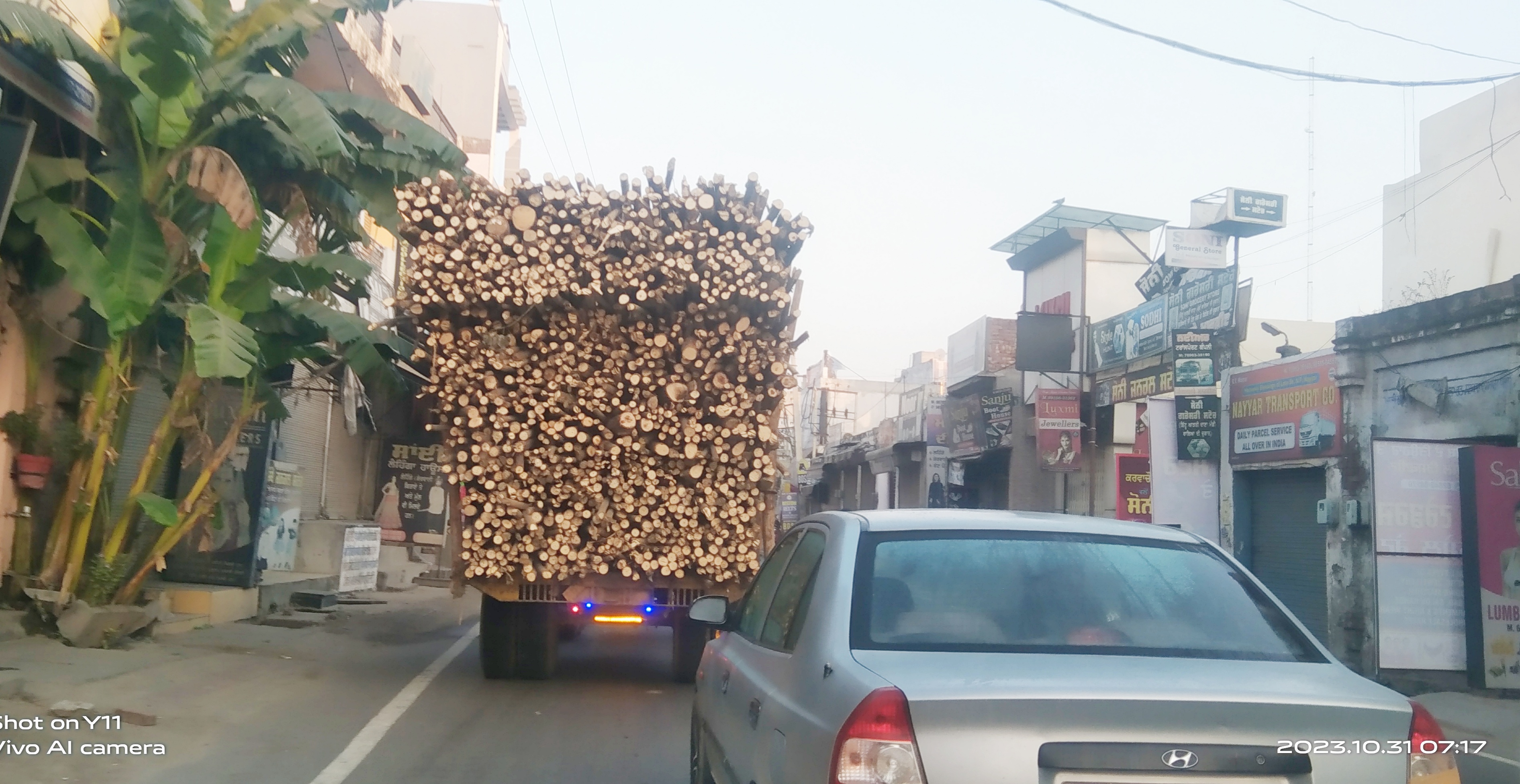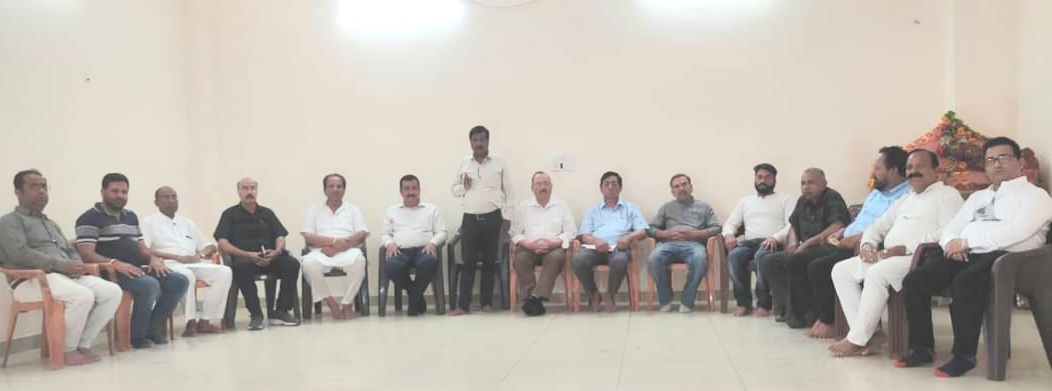
The Recent Dispute Between Punjab and Himachal – A Crisis for Humanity and the Need for a Balanced Solution
The tension that has arisen between Punjab and Himachal Pradesh over the past week has escalated into a serious crisis, threatening the peace and coexistence between these two neighboring states. This dispute has become a challenge for the common people, who are caught in a whirlpool of uncertainty, economic difficulties, and social tensions.
The tension that has arisen between Punjab and Himachal Pradesh over the past week has escalated into a serious crisis, threatening the peace and coexistence between these two neighboring states. This dispute has become a challenge for the common people, who are caught in a whirlpool of uncertainty, economic difficulties, and social tensions.
The events of recent days—comprising regional claims, disputes over resources, and mutual grievances—highlight the urgency of a peaceful resolution. This editorial seeks to objectively address the concerns of both sides and calls for balanced and practical steps to preserve harmony and improve the lives of people in both states.
The situation appears to have been fueled by a combination of factors. Reports indicate that certain rallies displaying separatist flags took place near Anandpur Sahib in Punjab, which led to concerns among local communities near the border. In response, Himachal Pradesh authorities reportedly strengthened border checks, citing security and administrative reasons.
The impact of these actions on trade and daily life has been evident in various ways. Farmers in Punjab are finding it increasingly difficult to transport their produce, while sections of Himachal’s tourism industry have reportedly experienced disruptions. Families and business owners on both sides are feeling the strain of these developments, creating an environment of uncertainty.
The situation worsened further on March 18, 2025, when activists pasted posters of Jarnail Singh Bhindranwale on Himachal Road Transport Corporation (HRTC) buses in Hoshiarpur. This was reportedly in reaction to previous incidents where locals in Himachal Pradesh had removed flags featuring Bhindranwale’s image from the bikes of tourists coming from Punjab.
The controversy soon escalated into a political issue, with concerns being raised in the Himachal Pradesh Assembly regarding the need to maintain law and order. Calls were made for immediate government intervention. In response, the Chief Minister of Himachal Pradesh acknowledged the seriousness of the matter and assured that discussions would take place with his Punjab counterpart to address concerns.
The broader impact of these tensions is being felt on both sides. In Punjab’s border areas, where Himachali traders were once a common sight, markets now seem quieter. Similarly, concerns about tourism in Himachal have grown, as stricter border checks and public sentiment appear to have influenced travel decisions. Reports also suggest that students and local businesses have felt the ripple effects of the growing tensions. These developments highlight how quickly regional disputes can affect ordinary people—farmers, traders, students, and small business owners—who have no direct role in the unfolding crisis yet face its consequences.
It is clear that both sides must exercise restraint and take responsibility for de-escalation. Punjab should ensure that public gatherings and activities do not contribute to unrest or provoke unnecessary tensions. At the same time, Himachal must adopt a balanced approach in handling security concerns so that ordinary travelers and traders do not face undue difficulties. Both states must recognize that allowing political and emotional reactions to overshadow mutual interests will only deepen divisions.
To prevent further deterioration, structured dialogue between both state governments is essential. Appointing neutral mediators to address concerns over regional issues—such as territorial claims and administrative matters—could prevent such tensions from resurfacing in the future. Economic collaboration must also be encouraged. Establishing joint trade corridors or coordinated initiatives between Punjab’s agricultural sector and Himachal’s tourism and service industries could ensure stability for affected communities.
Additionally, local-level goodwill initiatives—such as cultural festivals, student exchange programs, and community dialogues—can help reinforce the historical ties and economic interdependence between the two regions. Both governments must also ensure that provocative elements, from either side, do not escalate the situation further and that innocent citizens are not caught in the middle of political disputes.
This is not a time for blame or hostility but for cooperation and thoughtful action. The recent incidents serve as a reminder that if Punjab and Himachal Pradesh allow these tensions to grow, the real loss will not be political—it will be social and economic. It is crucial that both state governments rise above political differences and work toward practical solutions that serve their people.
Farmers in Punjab and residents of Himachal deserve stability, dignity, and progress. Their well-being should not be overshadowed by disputes that can be resolved through dialogue and understanding. The time to act is now—before these differences become deeper and harder to mend. Peace, cooperation, and shared prosperity are the only paths forward, and it is our collective responsibility to ensure that opportunity is not lost.
---- Davinder Kumar














